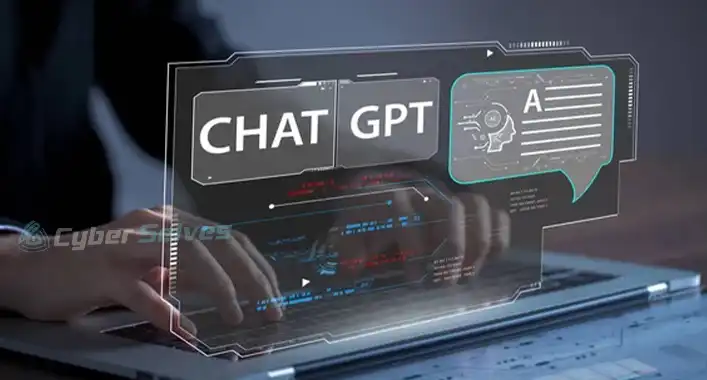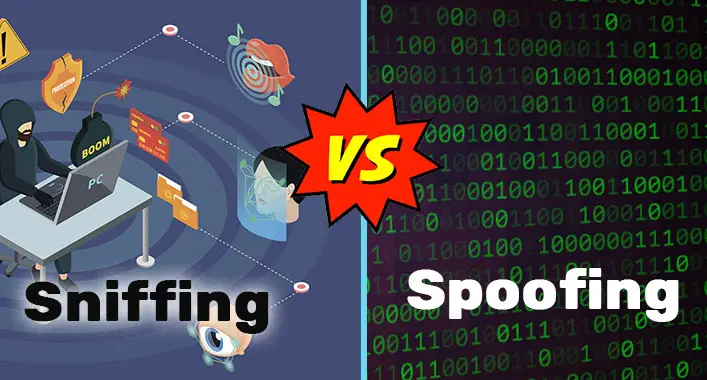What Is The Hacker’s Version of ChatGPT? What You Need to Know
When people hear the term ‘hacker,’ images of shadowy figures, incomprehensible green code streaming down screens, and compromised systems often come to mind. With the rise of AI technologies, it’s no surprise that hackers and tech enthusiasts are now toying with powerful tools like ChatGPT. But what is the hacker’s version of ChatGPT?
At the outset, it’s crucial to clarify that hacking doesn’t always imply malicious intent. There are ‘white-hat’ hackers who use their skills for ethical purposes, and then there are ‘black-hat’ hackers, driven by less noble goals.
Let’s explore how hacking communities might be tweaking and using tools akin to ChatGPT, and why this might be cause for both excitement and concern.

Differences Between ChatGPT And Hacker’s ChatGPT
ChatGPT, an offspring of OpenAI’s GPT models, is primarily an AI-driven chatbot. It’s designed to generate human-like text based on the patterns it learned from massive datasets. Its applications range from customer service bots to creative writing aids and even tutoring.
While there isn’t a singular, universally recognized “hacker’s version” of ChatGPT, various underground and independent communities might have their own tweaked versions of such chatbot models. These models, tailored according to specific needs, may be termed differently based on their applications or the groups using them.
Names could range from codenames within hacker groups to more generic terms like “BlackChat”, “WormGPT” or “ShadowGPT.” However, no specific name dominates the hacking landscape.
These customized ChatGPT versions are likely optimized for tasks that hackers prioritize – whether it’s infiltrating systems, gleaning confidential information, or even safeguarding against other digital threats (in the case of ethical hackers).
What Does Hacker’s ChatGPT Do?
1. Tailored Phishing
Traditional phishing attempts can often be recognized by their generic, often error-laden messages. Imagine a hacker’s ChatGPT model trained on an individual’s online presence, crafting bespoke phishing messages almost indistinguishable from legitimate communications.
2. Enhanced Brute-Forcing
While ChatGPT isn’t designed for password cracking, a modified version could theoretically make educated guesses about password structures based on user data, refining brute-force methods.
3. Exploiting Vulnerabilities
By training a ChatGPT variant on databases of known software vulnerabilities, hackers could create a tool that suggests potential exploits in newly developed software.
4. Social Engineering
AI-driven chatbots can be weaponized to manipulate individuals, extract information, or even influence opinions and perceptions, all in real time and at scale.
The Ethical Side of Hacking and Hacker’s ChatGPT
1. Enhanced Security Systems
White-hat hackers can use ChatGPT derivatives to test systems, find vulnerabilities, and develop robust defense mechanisms against potential black-hat attacks.
2. Training & Simulation
Organizations can simulate cyber-attacks using these modified ChatGPT models, ensuring their teams are well-prepared for real-world scenarios.
3. Open-Source Collaboration
Many ethical hackers believe in collaboration and knowledge-sharing. Enhanced ChatGPT tools can be part of platforms where cybersecurity professionals share insights, strategies, and solutions.
Considerations and Concerns
The intersection of AI and hacking isn’t without concerns:
- Ethical Implications: As with all powerful tools, there’s a fine line between use and misuse. Regulations and ethical guidelines are vital.
- Privacy Concerns: If hackers train ChatGPT-like models on personal data, significant privacy issues arise.
- False Positives: Relying heavily on AI can lead to false positives, potentially causing undue panic or system shutdowns.
Further Delving
1. Is OpenAI aware of potential misuse?
Absolutely. OpenAI, along with other leading tech firms, is deeply committed to ensuring the ethical use of its products. Regular updates, patches, and collaborations with the cybersecurity community are part of their strategy.
2. Can we fully prevent the malicious use of AI?
While complete prevention is challenging, a combination of stringent regulations, active community monitoring, and tech advancements can mitigate risks significantly.
In Conclusion
The blend of AI and hacking showcases the double-edged nature of technology. As ChatGPT and its ilk continue to evolve, the tech world stands on the precipice of exciting possibilities and daunting challenges. It serves as a reminder that irrespective of the tool, ethical considerations and responsible use should always be at the forefront.




![[Explained] Is Cheat Engine a Malware? How Is It?](https://cyberselves.org/wp-content/uploads/2022/03/is-cheat-engine-malware.jpg)

